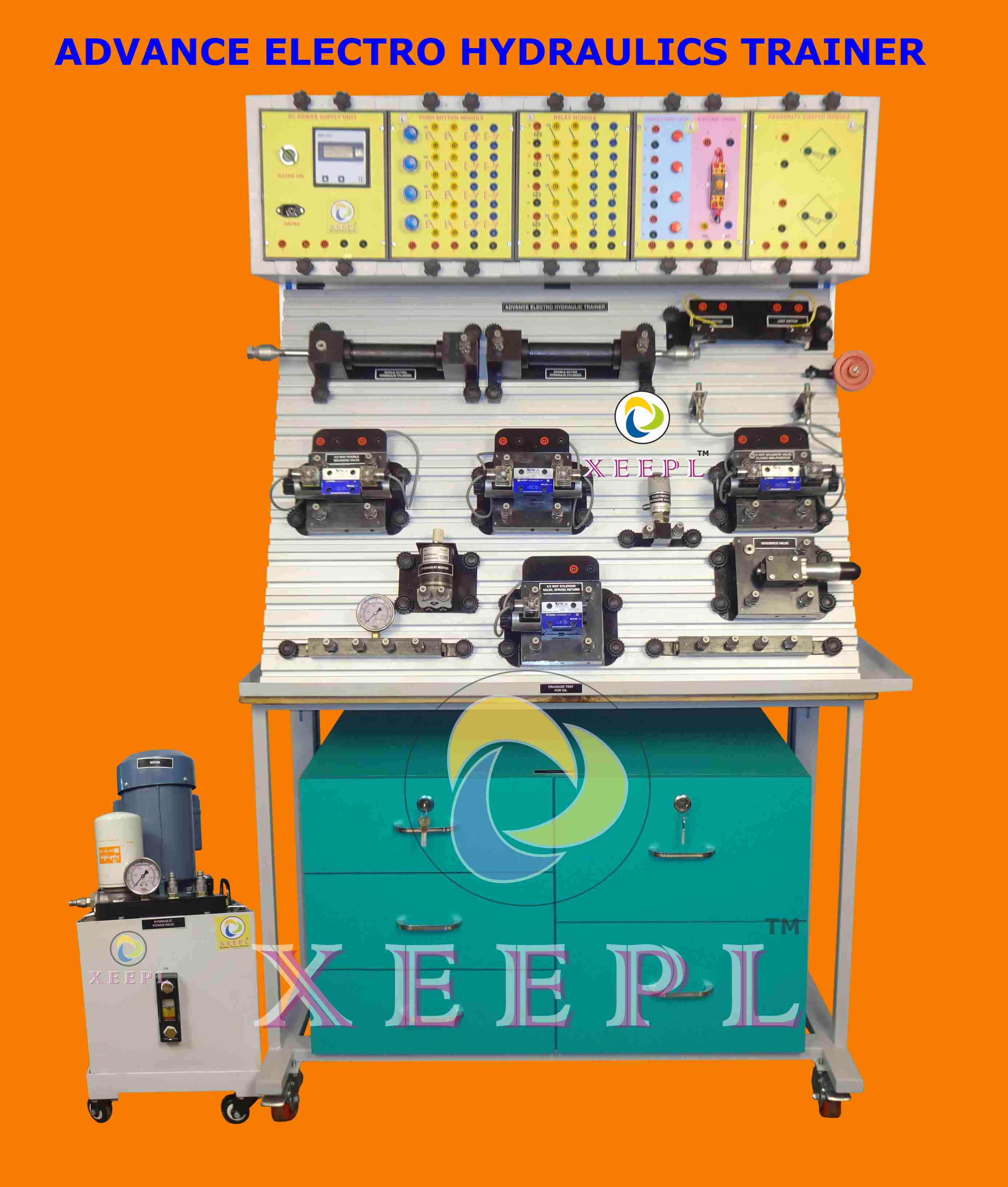

Learning Objectives/Experiments:
Features
Specification/Technical data:
Dimensions and weight
Office: S. N. 37/02, "Ashtavinayak Indl. Estate",
Parvati Nagar, Dhayari Narhe Road,
Next to Pari Robotics, Narhe, Pune-411041
Tel fax: (020) 24690312,
Email: sales@xeepl.com, xeepl.pune@gmail.com